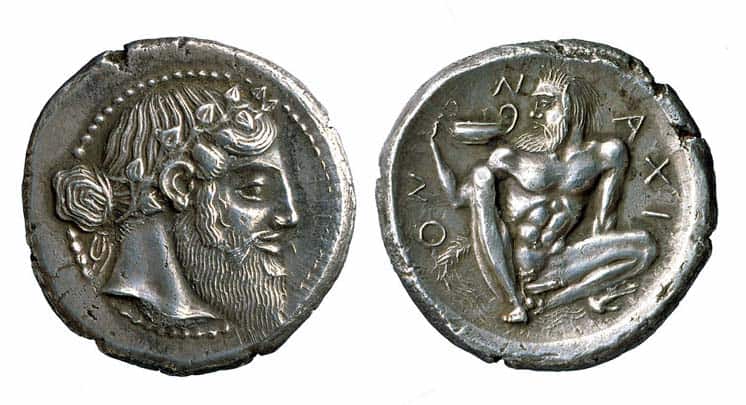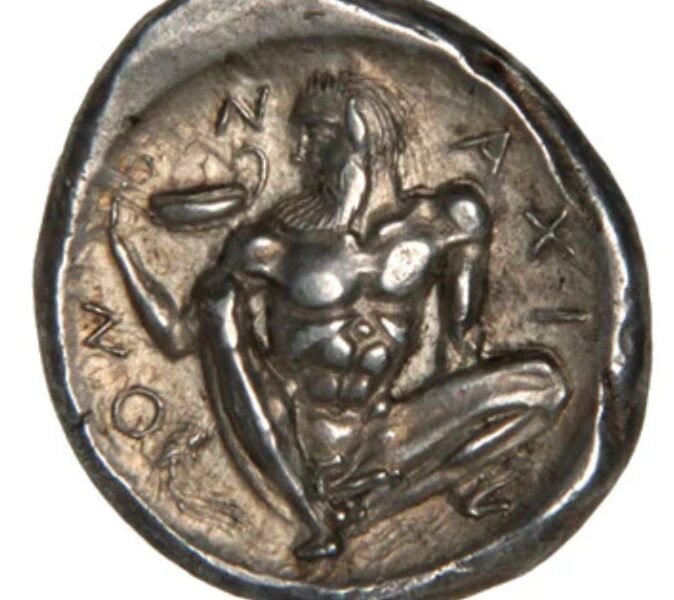Italo Vecchi, an Italian coin dealer, has once again found himself in legal trouble, this time for possession of stolen coins worth $1 million. The 75-year-old Vecchi was indicted in Manhattan and charged with first-degree grand larceny, fourth-degree conspiracy, and second-degree criminal possession of stolen property, among other charges. This arrest comes after Vecchi's previous run-in with the law in 1992 when he was arrested for smuggling ancient Greek coins.
The recent arrest of Vecchi is closely linked to British coin dealer Richard Beale, who was previously charged with fraudulent sale of the world's "rarest and most valuable" coin, fetching a staggering $4.1 million. Vecchi, who worked alongside Beale, has been accused of counterfeiting the provenance of the Sicilian Naxos silver coin, minted around 430 B.C., which Beale sold for $293,000 at the same auction as the record-breaking coin.
Richard Beale, the proprietor of Roma Numismatics, an auction house based in London, stands accused of fabricating ownership records for two ancient coins that he sold. These documents, commonly referred to as "provenance," were allegedly forged by Beale with the intention of increasing the coins' value and securing a higher selling price.
In January, Beale was formally charged with first-degree grand larceny and first-degree criminal possession of stolen property, along with eight additional counts. If convicted, he potentially faces a maximum sentence of 25 years in prison.


Masterpiece of Ancient Coinage: The Sicily Naxos Coin
The silver tetradrachm, known as the Sicilian Naxos coin, is a masterpiece of ancient coinage. It was minted around 430 B.C. in the Greek colony of Naxos located on the island of Sicily. This colony was founded by Greek settlers who arrived in Sicily in 735 BCE, and Naxos became the earliest Greek community on the island to mint its own coins.
On the obverse side of the tetradrachm, we see the depiction of Dionysos, the Greek god of wine and culture, facing left. Dionysos, known as Bacchus in Roman mythology, is portrayed as a youthful figure with flowing hair wreathed in ivy. This representation contrasts with the Roman depiction of Bacchus as a smooth-skinned androgynous youth. The figure of Dionysos on the coin reflects his association with the vineyards that formed the basis of Naxos' economy. Moreover, it symbolises the settlers' connection to their Greek island heritage, as Dionysos had met his mortal bride, the Cretan princess Ariadne, on the island of Naxos.

The reverse side of the coin features a satyr squatting on his haunches, raising a large wine cup known as a kantharos to his mouth. Satyrs were wild and drunken followers of Dionysos, and the coin's design captures their untamed nature with its sharply pointed ear, shaggy hair, and a tail. However, the satyr's body displays the finely toned physique of an athlete, showcasing the artistic advancements of large-scale sculpture in Greece during that period.
The Sicilian Naxos coin was minted to commemorate an important event in the history of the Naxian colony. In 476 BCE, the Greek population was forcibly expelled from the city by the Syracusan tyrant, Hieron. However, when Hieron was overthrown in 461 BCE, the Naxians reclaimed their homes. The coin, bearing the legend "NAΞIΩN," symbolises their triumphant return, asserting their claim to the city while invoking its mythic past and economic strength.
Repeat Offender
Interestingly, this is not Vecchi's first brush with illegal coin dealings. Court documents reveal that between 2013 and 2014, Vecchi sold two rare coins without proper provenance to Beale. One of these coins was the infamous 'Eid Mar' coin, minted in 42 BC to commemorate the assassination of Julius Caesar on March 15, 44 BC. Vecchi and Beale allegedly forged documents to enhance the coins' value and deceive potential buyers.
In 1992, Vecchi was arrested by US Customs officials for attempting to smuggle undeclared ancient Greek coins into the United States. Furthermore, in 2012, Vecchi was involved in falsifying the provenance of a 4th century B.C. silver coin called an Akragas Dekadrachm, which was sold for a million dollars at the annual New York International Numismatics Convention.
Vecchi's upcoming trial is scheduled for September 7 at 9 a.m., where he will face the charges brought against him.
Read also Louis Vuitton's 'Deep Time' Collection Debuts in Greece


